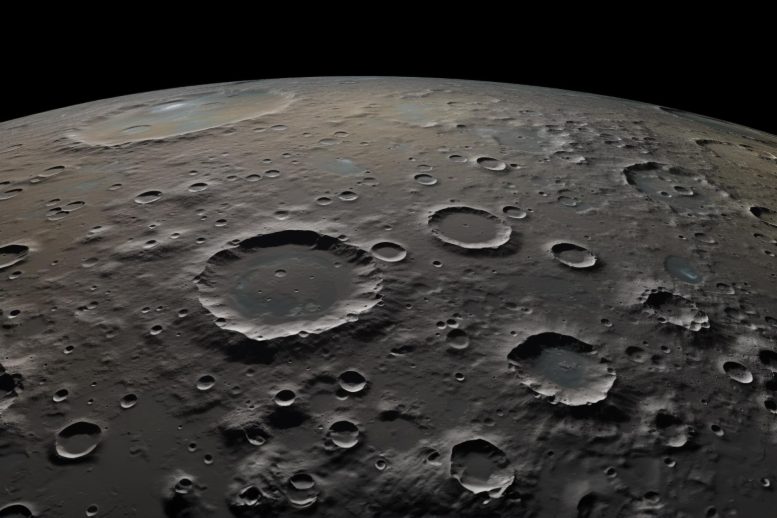
Smithsonian scientists propose a lunar biorepository for Earth’s biodiversity, leveraging the moon’s cold, permanently shadowed craters for cryogenic preservation. This innovative plan, inspired by the Svalbard Global Seed Vault, seeks to address challenges such as radiation and microgravity, and involves collaboration across several Smithsonian institutes. By cryopreserving biological material from the most at-risk species, this initiative aims to provide a safeguard against natural disasters and support future space exploration. Credit: SciTechDaily.com
A proposed lunar biorepository may allow for the storage of genetic samples without the need for electricity or liquid nitrogen.
New research led by scientists at the Smithsonian proposes a plan to safeguard Earth’s imperiled biodiversity by cryogenically preserving biological material on the moon. The moon’s permanently shadowed craters are cold enough for cryogenic preservation without the need for electricity or liquid nitrogen, according to the researchers.
The paper, published in BioScience and written in collaboration with researchers from the Smithsonian’s National Zoo and Conservation Biology Institute (NZCBI), Smithsonian’s National Museum of Natural History, Smithsonian’s National Air and Space Museum, and others, outlines a roadmap to create a lunar biorepository, including ideas for governance, the types of biological material to be stored and a plan for experiments to understand and address challenges such as radiation and microgravity. The study also demonstrates the successful cryopreservation of skin samples from a fish, which are now stored at the National Museum of Natural History.
Vision and Inspiration
“Initially, a lunar biorepository would target the most at-risk species on Earth today, but our ultimate goal would be to cryopreserve most species on Earth,” said Mary Hagedorn, a research cryobiologist at NZCBI and lead author of the paper. “We hope that by sharing our vision, our group can find additional partners to expand the conversation, discuss threats and opportunities, and conduct the necessary research and testing to make this biorepository a reality.”
The proposal takes inspiration from the Global Seed Vault in Svalbard, Norway, which contains more than 1 million frozen seed varieties and functions as a backup for the world’s crop biodiversity in case of global disaster. By virtue of its location in the Arctic nearly 400 feet underground, the vault was intended to be capable of keeping its seed collection frozen without electricity. However, in 2017, thawing permafrost threatened the collection with a flood of meltwater. The seed vault has since been waterproofed, but the incident showed that even an Arctic, subterranean bunker could be vulnerable to climate change.
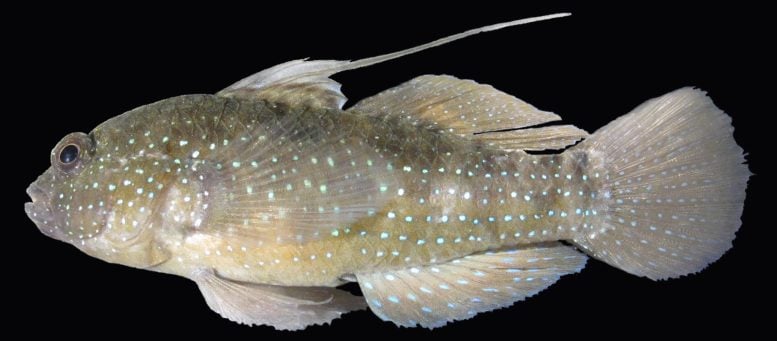
Scientists cryopreserved skin samples from a starry goby, a common reef fish. The samples will undergo radiation exposure testing to prepare for biological material to be sent to the moon. Credit: Zerhan Jafar, Smithsonian National Museum of Natural History
Unlike seeds, animal cells require much lower storage temperatures for preservation (-320 degrees Fahrenheit or -196 degrees Celsius). On Earth, cryopreservation of animal cells requires a supply of liquid nitrogen, electricity, and human staff. Each of these three elements is potentially vulnerable to disruptions that could destroy an entire collection, Hagedorn said.
To reduce these vulnerabilities, scientists needed a way to passively maintain cryopreservation storage temperatures. Since such cold temperatures do not naturally exist on Earth, Hagedorn and her co-authors looked to the moon.
The moon’s polar regions feature numerous craters that never receive sunlight due to their orientation and depth. These so-called permanently shadowed regions can be −410 degrees Fahrenheit (−246 degrees Celsius)—more than cold enough for passive cryopreservation storage. To block out the DNA-damaging radiation present in space, samples could be stored underground or inside a structure with thick walls made of moon rocks.
Current Research and Future Directions
At the Hawaiʻi Institute of Marine Biology, the research team cryopreserved skin samples from a reef fish called the starry goby. The fins contain a type of skin cell called fibroblasts, the primary material to be stored in the National Museum of Natural History’s biorepository. When it comes to cryopreservation, fibroblasts have several advantages over other types of commonly cryopreserved cells such as sperm, eggs, and embryos. Science cannot yet reliably preserve the sperm, eggs, and embryos of most wildlife species. However, for many species, fibroblasts can be cryopreserved easily. In addition, fibroblasts can be collected from an animal’s skin, which is simpler than harvesting eggs or sperm. For species that do not have skin per se, such as invertebrates, Hagedorn said the team may use a diversity of types of samples depending on the species, including larvae and other reproductive materials.
The next steps are to begin a series of radiation exposure tests for the cryopreserved fibroblasts on Earth to help design packaging that could safely deliver samples to the moon. The team is actively seeking partners and support to conduct additional experiments on Earth and aboard the International Space Station. Such experiments would provide robust testing for the prototype packaging’s ability to withstand the radiation and microgravity associated with space travel and storage on the moon.
If their idea becomes a reality, the researchers envision the lunar biorepository as a public entity to include public and private funders, scientific partners, countries, and public representatives with mechanisms for cooperative governance akin to the Svalbard Global Seed Bank.
“We aren’t saying what if the Earth fails—if the Earth is biologically destroyed this biorepository won’t matter,” Hagedorn said. “This is meant to help offset natural disasters and, potentially, to augment space travel. Life is precious and, as far as we know, rare in the universe. This biorepository provides another, parallel approach to conserving Earth’s precious biodiversity.”
Reference: “Safeguarding Earth’s biodiversity by creating a lunar biorepository” by Mary Hagedorn, Lynne R Parenti, Robert A Craddock, Pierre Comizzoli, Paula Mabee, Bonnie Meinke, Susan M Wolf, John C Bischof, Rebecca D Sandlin, Shannon N Tessier and Mehmet Toner, 31 July 2024, BioScience.
DOI: 10.1093/biosci/biae058





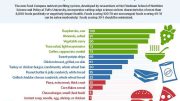

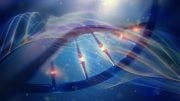
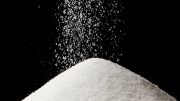
Be the first to comment on "Protecting Earth’s Biodiversity: Scientists Propose Bold Plan To Create Moon-Based Bio Vault"